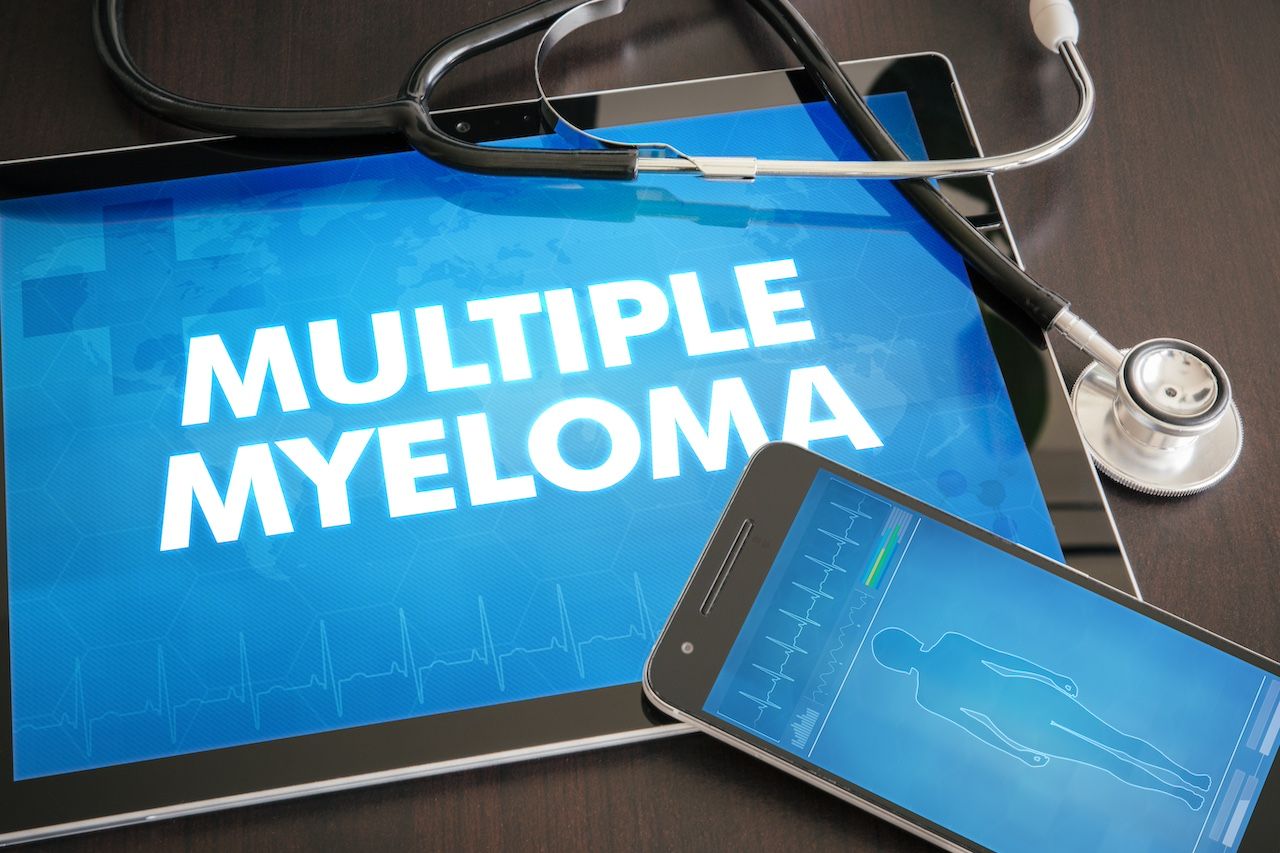News
Article
New Findings Identified Regarding Time Scale of Benefits for Individuals Quitting Smoking
Author(s):
These new data highlight key points about the timeline of benefits for those who quit smoking cigarettes, including respiratory and cardiovascular benefits.
This article was originally published by HCPLive®. It has been lightly edited.
Excess death related to cancer and respiratory causes is less than 50% that of continuing smokers in quitters’ first decade following cessation of smoking, according to a study published in JAMA Internal Medicine.1
These findings and more resulted from a study of US adults using medical data drawn from the National Health Interview Survey, a sample representative of the US population. The investigators highlighted the fact that there continues to be around 28 million active smokers in the country today.
The investigators noted that while quitting smoking is known to significantly diminish the potential for premature death compared to continuation, the specific timeframe for realizing cause-specific mortality benefits from cessation was still uncertain prior to this study.2,3
“Quantifying excess cause-specific mortality among former smokers by years since quitting may inform clinical decision-making and screening programs,” the authors wrote.1
The investigators looked at the link between years since cessation of smoking habits and death through the use of the nationally-representative information seen in the National Health Interview Survey from 1997 to 2018; this had been followed up until December 2019, with the team connecting the data to that of the National Death Index.
The research team used this information to compare current smokers with what were described as "never smokers" and with former smokers who had quit at different intervals. The team looked at deaths linked to cancer, cardiovascular, and respiratory issues specifically among those in the 25 to 89 age bracket.
With regard to exclusion criteria, the investigators would not review those that were shown to have a smoking history of less than 5 years or who quit less than a single year prior to recruitment in the study. The research team implemented a Cox regression analysis to look at cause-specific death rate ratios (RRs) for former, current, and never smokers, with the team adjusting for subjects’ sex, age, education levels, race, ethnicity, and consumption of alcohol.
In order to remove the possibility of reverse causality, the investigators specifically examined data of subjects without self-reported cancer, cardiovascular disease, or respiratory diseases at the point of recruitment. They also assessed the subjects’ data on reduction in cause-specific death among former smokers compared to current ones.
Patient quitting smoking
Image credit: vchalup - stock.adobe.com

Overall, the investigators ended up using data from 438,015 adult individuals with a mean age of 47. The subjects were 56% female and 44% male. Also, 76,501 patients reported being Hispanic, 63,083 reported being non-Hispanic Black, 270,183 reported being non-Hispanic White, and 28,248 reported being in other categories.
The research team reported a total of 10,935 cancer, 11,860 cardiovascular, and 2,060 respiratory deaths in the 5 million person-years of patient follow-up. The team found that those labeled as current smokers showed higher RRs for cancer (3.38), cardiovascular (2.30), and respiratory death (13.31) versus those labeled as never smokers.
Additionally, the investigators’ analysis demonstrated that those who were no longer smokers reported experiencing substantial reduction of risk in the initial decade following their quitting—53%, 64%, and 57% for cancer, cardiovascular, and respiratory death, respectively—with the team noting further health benefits over the course of time.
The research team added that after 20 to 29 years of smoking cessation, they found that former cigarette smokers showed minimal excess cardiovascular mortality. After 30 years of cessation, subjects identified as former smokers were found to have avoided 93%, 100%, and 97% of excess cancer, cardiovascular, and respiratory death linked with continued use, respectively.
“The hazards of smoking and benefits of quitting may be underestimated; during follow-up, some former smokers likely reinitiated smoking, and some current smokers likely quit,” they wrote. “These findings emphasize that with sustained cessation, cause-specific mortality rates among former smokers may eventually approximate those of never smokers.”
References
- Thomson B, Islami F. Association of smoking cessation and cardiovascular, cancer, and respiratory mortality. JAMA Intern Med. doi:10.1001/jamainternmed.2023.6419.
- Thomson B, Emberson J, Lacey B, et al. Association between smoking, smoking cessation, and mortality by race, ethnicity, and sex among US adults. JAMA Netw Open. 2022;5(10):e2231480. doi:10.1001/jamanetworkopen.2022.31480.
- Duncan MS, Freiberg MS, Greevy RA Jr, Kundu S, Vasan RS, Tindle HA. Association of smoking cessation with subsequent risk of cardiovascular disease. JAMA. 2019;322(7):642-650. doi:10.1001/jama.2019.10298.
Newsletter
Stay ahead of policy, cost, and value—subscribe to AJMC for expert insights at the intersection of clinical care and health economics.




